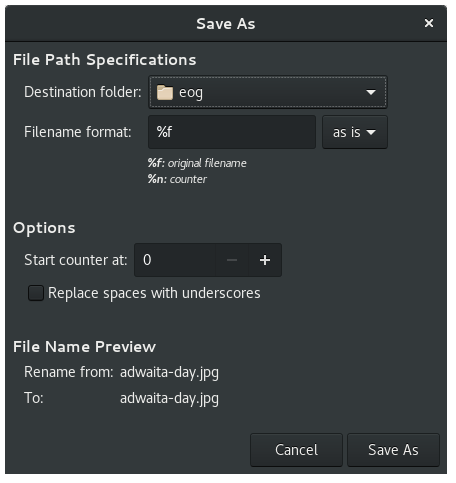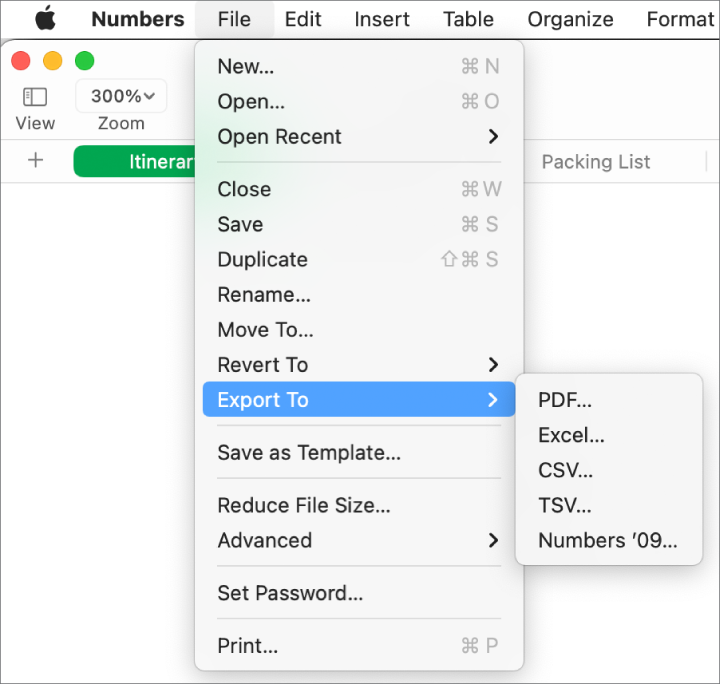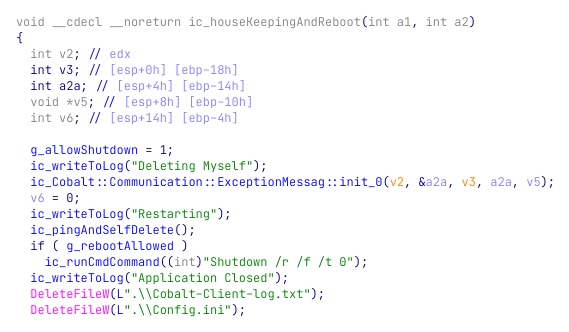
There is not a pattern to the names and they do contain spaces and non alpha-numeric characters. The new name in cell AB must be the name that replaces the old name in cell A2.
RENAME FILES ON MAC VIA SPREADSHEET FULL
I have the full path containing the old name in an excel column matched to the full path containing the new name in the adjacent excel column.


Parent folder is the lowest common folder in the shared hierarchy of all files i need to change I also can use the standard version of the app Beyond Compare.Ĭ:\Users\joe\Desktop\Parentfolder\child folder\grandchildfolder#NA#1329001.00#1329001.00\file1.pdfĬ:\Users\joe\Desktop\Parentfolder\child folder\grandchildfolder#NA#1329001.00#1329001.00\company xyz.pdf
RENAME FILES ON MAC VIA SPREADSHEET WINDOWS
I cannot use a third party application I can only use command prompt or powershell or whatever comes with Windows 2010. I need the new name to be a specific unique name. I need to batch or mass rename 76k+ file names in multiple folders and subfolders in a directory. forfiles /M *.jpg /C "cmd /c rename - pic.jpg\"" So that forfiles does not misinterpret this doublequotes, you need to escape them with ‘\’įor example to add ” – pic.jpg” to each of the jpg files, the command would be as below. If the new name you want to assign to the files has white space within it, it can be done by adding double quotes around the file name. forfiles /S /M *.jpg /C "cmd /c rename " Handling names with white spaces Similarly, we can add a number to a file name. Here we try to add ‘photo’ to every jpg file in the current folder and subfolders. If you want to add any prefix to file names, it can be done as in the below example. forfiles /S /M *.ext /C "cmd /c rename you want a batch file script, it can be downloaded from the below link:īatch file script for renaming file extensions in bulk Add prefix to file names in batch The below command would remove extension for the specified file types. forfiles /S /M *.ext1 /C "cmd /c rename example, if you want to rename all xml files to txt files, the command would be as below forfiles /S /M *.xml /C "cmd /c rename Remove file extensions in batch Now the renamed file would be moved from TheMacBeginner folder to the Documents folder.If you want to rename files from one extension to another, recursively in all sub folders, then you can use the below command. Users/chaitanyasingh/Documents/MyNewFile.txt This operation will change the file name as well as change the location of your file.įor example: mv /Users/chaitanyasingh/Documents/TheMacBeginner/MyFile2.txt If you want your renamed file at different location then instead of copying the same full path again just type the new file path with file name. Users/chaitanyasingh/Documents/TheMacBeginner/MyNewFile.txt The full command will look like this: mv /Users/chaitanyasingh/Documents/TheMacBeginner/MyFile2.txt If you want your new file at the same location then type the same full path (or you can drag the file again and just edit the file name) with the new file name. Now you need to give the new file name, here you have two options based on where you want your new file to be. Note: Please do note that while dragging the file to terminal, make sure that the finder window and terminal window don’t overlap else this trick won’t work.Ģ. Type mv then open Finder and drag the file on terminal (this is to copy the full path of file to the terminal) mv /full-path/old-folder-name /full-path/new-folder-name Renaming a file via command lineġ. If the file or folder you wish to rename is not in the current working directory then you need to provide the full file name. If the file or folder you want to rename is in the current working directory(to check your current working directory just type pwd on terminal and hit return): mv old-folder-name new-folder-name Let’s get familiar with the syntax of mv command first: The mv command not only renames your file/folder, it can change the location of your renamed file if you wish to do so.


In this guide, we will discuss it in detail. In my previous guide, I have shared four methods of renaming a file or a folder, in that guide I have discussed a little bit about renaming via command line.


 0 kommentar(er)
0 kommentar(er)
